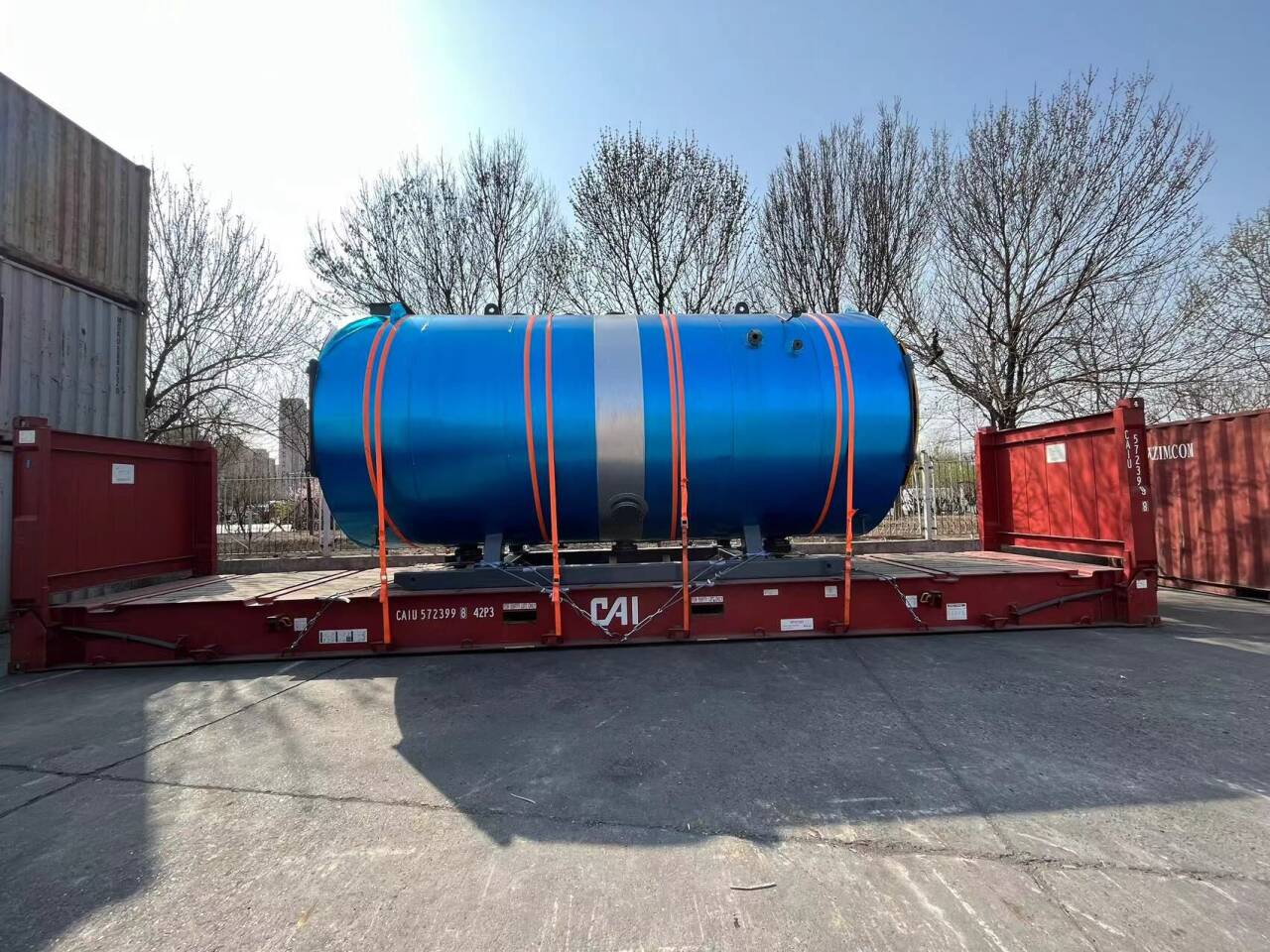Pricing Analysis and Trends for Steam Boiler Systems in the Industrial Market Today
The Cost Factors of Steam Boilers A Comprehensive Overview
Steam boilers are essential components in various industries, including manufacturing, food processing, and power generation. They provide the critical steam needed for heating processes, energy generation, and various applications that require steam. With varying types and specifications available in the market, the price of steam boilers can fluctuate significantly. Understanding the factors that contribute to these costs is crucial for businesses planning to invest in these systems.
Types of Steam Boilers
There are several types of steam boilers, including fire-tube, water-tube, electric, and biomass boilers. Fire-tube boilers are popular for their relatively low cost and ease of operation. They consist of a series of tubes containing hot gases that pass through water-filled chambers, generating steam. On the other hand, water-tube boilers are typically more expensive but are preferred for high-pressure steam applications due to their efficiency and ability to produce steam more rapidly.
Electric boilers are another option, and while they tend to have a higher upfront cost, they offer the advantage of precise control and lower operational costs in areas where electricity is cheaper than fuel. Meanwhile, biomass boilers, which burn organic materials, are becoming increasingly popular as companies seek to adopt more sustainable energy sources, although their price can vary widely depending on the technology and feedstock used.
Key Cost Factors
1. Boiler Type and Size The type and size of the boiler are primary determinants of price. Larger boilers or those designed for higher pressures generally come at a premium due to their complexity and the materials required for construction.
steam boiler price

2. Fuel Source The choice of fuel plays an essential role in the overall cost of the boiler. Whether a boiler runs on natural gas, oil, coal, or electricity can significantly impact both initial purchase price and long-term operating costs. For instance, natural gas boilers typically have lower operational costs compared to oil-fired systems.
3. Efficiency Ratings Higher-efficiency boilers are often more expensive but can yield significant savings on fuel costs over time. Boilers with advanced technology, such as condensing capabilities, often come with a higher price tag due to their ability to recover and utilize heat that would otherwise be lost.
4. Manufacturer and Brand Price variations often reflect the manufacturer's reputation and the quality of their products. Established brands may charge higher prices due to their reliability, effective warranties, and services.
5. Installation and Maintenance The cost of installation and ongoing maintenance should also be factored into the total investment. Some systems require more complex installation procedures, which can elevate labor costs. Additionally, maintenance costs can vary depending on the boiler's complexity and the availability of replacement parts.
6. Regulatory Compliance Compliance with local regulations can also affect price. Steam boilers may need modifications or additional equipment to meet emissions standards, which can increase both the upfront and ongoing costs.
Conclusion
In conclusion, the price of steam boilers is influenced by multiple factors, including type, size, fuel source, and efficiency. Businesses must conduct thorough research and consider not only the initial costs but also the long-term operational expenses associated with different boiler types. Understanding these elements can help companies make informed decisions that align with their budgetary constraints while meeting their operational needs. As industries continue to evolve towards more sustainable practices, the investment in advanced steam boiler technology can also provide environmental benefits, making it a critical consideration for future growth.
-
Top Electric Steam Boiler Manufacturers – High Efficiency & ReliabilityNewsJul.23,2025
-
Best China Steam Boiler Price for Efficient Industrial HeatingNewsJul.22,2025
-
Top Electric Steam Boiler Manufacturers - High-EfficiencyNewsJul.21,2025
-
High-Efficiency OEM Steam Boilers: Durable & Cost-Saving SolutionsNewsJul.21,2025
-
Skid Mounted Thermal Oil Boiler | Compact & Energy-Efficient HeatingNewsJul.20,2025
-
Industrial Steam Boiler Corporation - Reliable Industrial Boiler Manufacturer & SupplierNewsJul.08,2025

